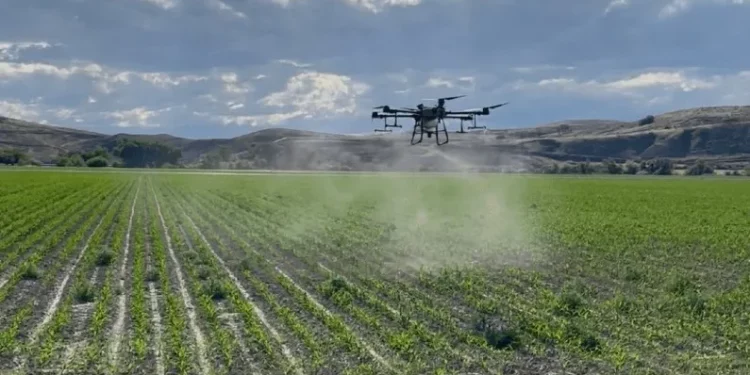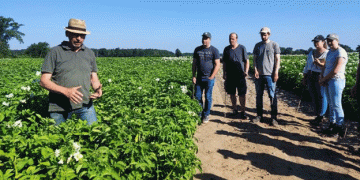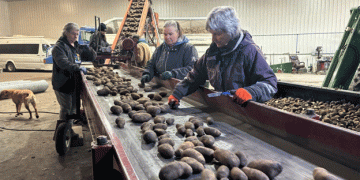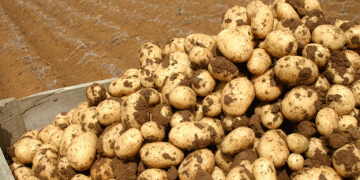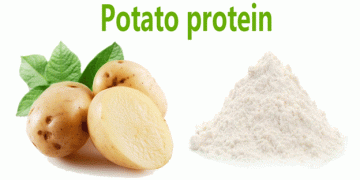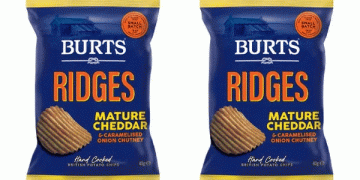As of the end of November 2022, nearly 60% of the United States remains in moderate to exceptional drought, according to the National Oceanic and Atmospheric Administration. With input costs encroaching on farmers’ profit potential this year, precision application is a key opportunity to limit expenses and improve yields amidst drought conditions.
Zach Hanner, trial manager at Rantizo, says there are several scenarios where farmers can lose yield and revenue during a drought.
“Whether it’s herbicide effectiveness or micronutrient application, precision spraying can make the difference in retaining yields and lowering costs,” said Hanner. “Overall return on investment (ROI) can be bolstered with site-specific application.”
According to Hanner, producers should consider drone spraying to navigate these drought-related scenarios:
1. When plant diseases persist in drought conditions.
It can be tough to decide whether to complete a mid- to late-season fungicide application during a drought year when disease is robbing yields. Site-specific spraying can make the decision easier. Where traditional methods are accustomed to applying fungicide to the entire field, field data paired with drone spraying can differentiate areas of the field that are still reaching desired ROI and yield levels. This reduces the amount of fungicide needed and overall application costs.
2. When spoon-feeding nutrients is necessary amidst flooding and drought cycles.
Spoon-feeding nutrients may be necessary when drought follows heavy spring rains.
“Nutrients applied in fall and spring are susceptible to leaching and movement out of the root zones,” said Hanner. “The situation becomes more challenging when we consider drought stress. Parts of the field may be too far gone to justify a nitrogen application, but we can still focus inputs on areas of the field that are better handling stress.”
Micronutrients are integral for a healthy crop and for grain development. A crop that is already struggling with drought stress, will need proper supply of macro and micronutrients to overcome the stressors and develop healthy seeds. A site-specific application of a micronutrient at the proper timing could ensure that the crop is not being hindered by a nutrient deficiency.
Drones can accommodate use rates that are lower than traditional equipment, allowing applicators to truly spoon-feed a crop as needed. Micronutrients are typically applied at low rates, and pair well with our drone technology.
3. When a lack of water inhibits early herbicide effectiveness.
Depending on the mode of action of pre-plant herbicides, there may be a scenario where effectiveness is reduced because there was not enough water to get the chemical into the root zone and off the soil surface. Touch-up spraying for escapes will help crops fight for moisture and prevent problematic weeds from going to seed.
Source: https://www.potatonewstoday.com
